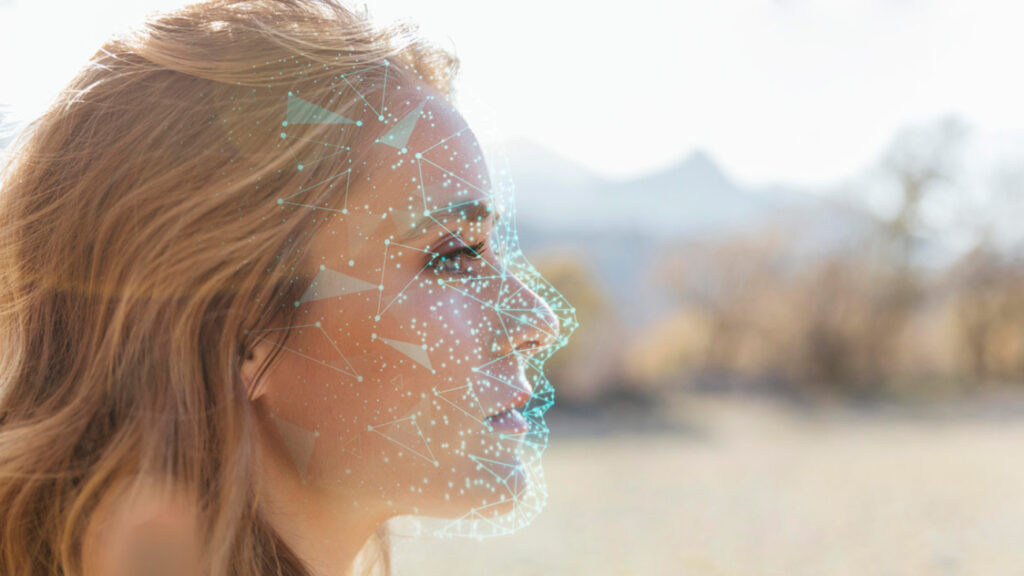3D face recognition is related to biometrics. Bahaa Abdul Hadi, wasn’t originally interested in studying biometrics, but over a period of time he found passion in the Computer Vision. He began to research more on the work they were doing were in biometrics, and he found 3D face recognition to be the most interesting among them.
A 3D face recognition system usually consists of the following stages:
- Preprocessing of raw 3D facial data
- Registration of faces
- Feature extraction
- Matching
The stages in detail will be discussed at a later stage, but 3D face recognition works in an excellent manner when it comes to images that are frontal. There also has to be just one aggressor. However, in reality, the data that is obtained is across a large number of aggressors. The environments as well as variables that are intrinsic, such as age and gender, also need to be accounted for.
The sensor that was being built was about surveillance as well as building security. This scanner was able to work up to 15 to 25 meters away, even should the subject be walking. Bahaa Abdul Hadi observed that as many as a thousand engineers were working on the hardware module, the infrastructure, as well as the software. The amount of data collected was amazing as well, nearly 1,000,000,000 images.
3D face recognition has been in this field for more than a decade. During this time, 3D face recognition has grown from infancy to something that is affecting millions of people across the world, every single day.
According to Bahaa Abdul Hadi, innovations are on to improve the 3D face recognition suitable for Border Control, Access Control, Criminal ID, Identification from a distance, and access to some high priority consumer applications.
Thank you for your time. Stay tuned to www.bahaaabdulhadi.com







